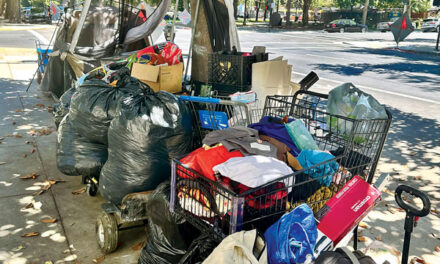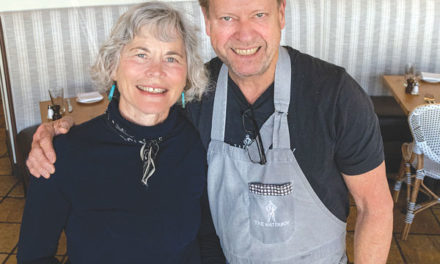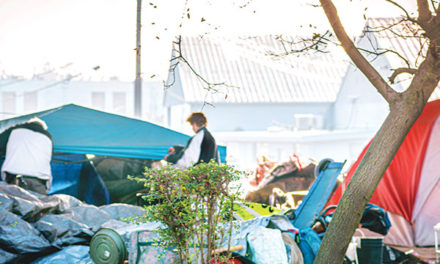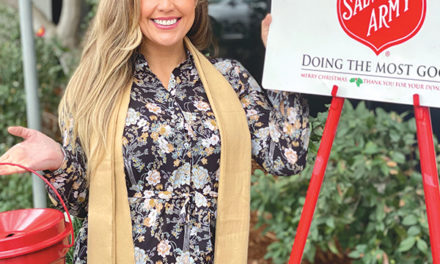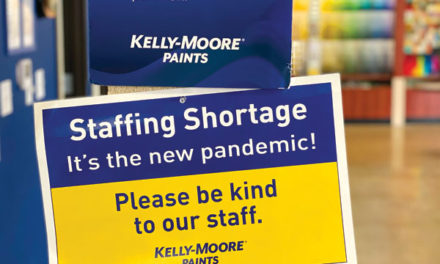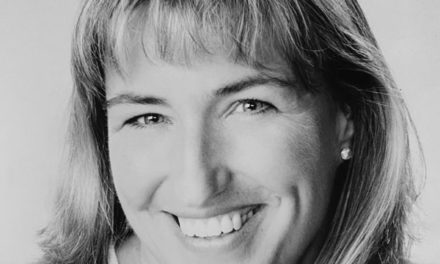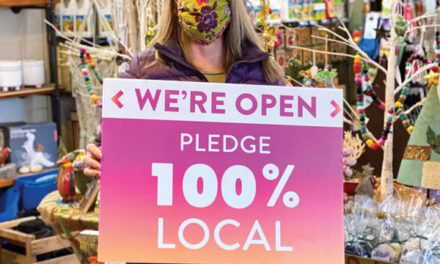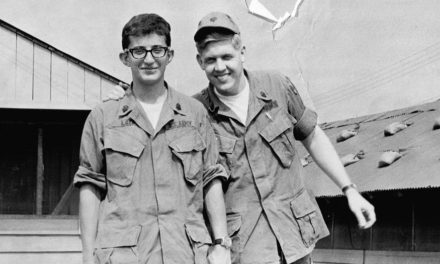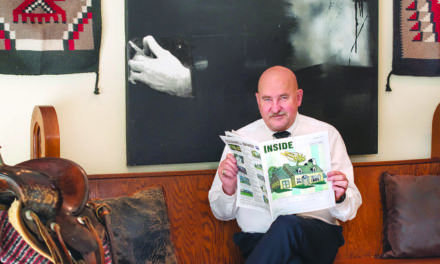Winning Formula
Inside Hits 24 With Rare Model That Still Works
By Cecily Hastings
February 2019
As we enter the 24th year of our publishing business, I am reminded how grateful we are to the hundreds of advertisers who pay 100 percent of the cost to bring our readers the most interesting local news each month. Cumulatively, ad revenues over the years have probably totaled more than $20 million!

But in 24 years, the media landscape has not only changed—it has been radically disrupted. To think we are still in basically the same business we were in 1995 is astounding.
Our model is simple. We contract with local small businesses to pay for advertising to reach their local audiences. We use the proceeds to pay local writers and photographers for content. We design an attractive and easy-to-read format. Finally, we print the magazine and mail it to more than 80,000 homes each month—at no cost to our readers.
We organize these elements and manage the business relationships with our advertisers by providing marketing and advertising expertise gained over the decades. And we’ve been able to do it by never having a greater ad-to-editorial ratio of more than 50/50. On average our content is about 35 percent ads to 65 percent editorial content.
Those are the details of our business. But they don’t answer the more important question—why we publish Inside.
Twenty-four years ago, my husband and I didn’t start our business as a way to make a living. There are far easier ways to earn money than in publishing.
Instead, we were—and still are—motivated to create stronger bonds within our neighborhoods and communities. We had been active in our East Sacramento neighborhood and were surprised as newcomers how little connection people had to each other and to civic and neighborhood issues.
My mother was a lifelong connector of people. I grew up seeing the importance of meaningful connections in people’s lives. That was our inspiration.
This past year, I read two books that opened my mind to the disruption that has swept the media world. “World Without Mind” by Franklin Foer is a fascinating biography of the biggest players in big tech—a handful of humans that, through their decisions, govern the lives of 7 billion tech consumers.
Foer details how big tech monopolized the means of distribution, and then proceeded to systematically demonetize and degrade the written word. I found it very interesting but also quite sad.
Tim Wu’s “The Attention Merchants: The Epic Scramble To Get Inside Our Heads” describes the rise of electronic media and how the entire industry has grown and developed to feed on human attention. From the first paid advertising in newspapers in the 19th century, every new medium, from radio to television, has attained commercial viability by turning itself into an advertising platform.
It’s inescapable that modern media are built on a tremendous amount of advertising clutter. Today’s consumers have decided they mostly don’t want to pay for content. They are accustomed to receiving it for free.
The result is the dramatic collapse of paid subscriptions to traditional print media. As a result, ad clutter—which allows platforms to provide “free” services—has taken over our lives.
Newspapers that once considered their front page sacrosanct now routinely feature ads there. YouTube features full-length ads, skip-able ads, lower-screen ad banners and display ads on the page alongside every video.
Advertising on traditional news websites includes display ads, sponsored or paid content along with real news stories, and pop-up ads. Any ad you digitally touch (on purpose or accidentally) follows you in your web browsing.
Major league sports come with tremendous ad clutter, from multiple location stadium banners to ad images on TV screen scoreboards. When there is a delay in the game, ads pop up.
The NBA sells “sponsorships” on players’ uniforms. The NFL alone generates an estimated $4.35 billion in ad revenue during its regular 17-week season.
As watching on digital video recorders surpassed live TV viewing, advertisers had to cope with the fact that folks fast-forward through commercials. Technological innovation found a solution. Soon we will see pop-up ads when we pause to fast-forward through a commercial on live TV.
I enjoy listening to talk radio, where ads are usually interspersed throughout the hour or bunched up at the beginning of each of hour. Podcasts are often free or available for a nominal price. Once podcasts were promoted as commercial-free. Many popular podcasts now feature commercials.
The end result is that while we may have been saved the cost of quality content we once paid for, we must now live with a permanently cluttered media landscape.
I’m not sure the tradeoff has been worth it. The more ad clutter we are subjected to each day, the more we learn to tune it out. And the more we tune it out, the more the attention merchants ramp up their efforts to get inside our heads. We experience more anxiety as a result.
At Inside Publications, we will remain true to the model that has served readers and small businesses in our communities for the last two decades. We are developing a new website, but will always be extremely sensitive to the reader experience.
A few months ago, I had a nice lunch with Robert Nelsen, Sacramento State University’s dynamic president. He told me that every month he sits down with a cup of coffee at home and reads our publication cover to cover. He noted that he and his wife enjoy our local advertising.
“When I am finished, all is well with me and I feel good about our community. Where else can I get that kind of satisfaction?” he said.
GRATITUDE
A reader named Alana Herrera sent us the following note last month: “Please convey my gratitude to Tim Collom for having thought up a wonderful and effective way to help the Paradise fire victims by donating cash to the California Professional Firefighters organization. In the face of the staggering disaster—I’m a Paradise fire survivor—it was an unexpected and welcome surprise to be given a card with $250 of buying power on it!
“Please thank him on behalf of everyone who was given a card. I’m sure the victims will never know his act of kindness and generosity. I am staying with my daughter in Sacramento while my new senior apartment is readied for me. On the course of finding things to do here, I’ve begun visiting the McKinley Library, where I came across your lovely and heartfelt publication.”
Cecily Hastings can be reached at publisher@insidepublications.com.























